Flu Shots
- By Healthy Living Liberty Lake
- •
- 27 Sep, 2017
- •

Here we go again. It’s getting to be cold and flu season, and the government is urging all of us to get our flu shots, especially the elderly, even though the flu shot has not proven to be effective in reducing the incidence of the flu, or influenza.
Now that we have unearthed a government study done nearly a decade ago, which got little attention because the results were not what was expected or wanted. It found that after decades, and literally billions of dollars spent promoting flu shots for the elderly, the mass vaccination schedule did not result in saving lives. In fact, the death rate among the elderly increased substantially!
The authors of the study assumed flu shots were effective in the elderly, but up to that point, all the studies failed to demonstrate this. Instead of considering that they, the experts, were wrong, they assumed the studies were wrong. So the NIH launched an effort to do “the” definitive study that would actually prove, for the first time, once and for all, that flu shots were beneficial to the elderly.
The problem is, when they finished, no matter how they crunched the numbers the data kept telling the same story: flu shots were of no benefit to the elderly. In fact, quite the opposite. The death rate had increased markedly since widespread flu vaccination among the elderly. Over 20 years, the percentage of seniors getting flu shots increased sharply from 15% to 65%. But instead of flu deaths decreasing, the flu deaths among the elderly continued to climb. They finally had to acknowledge that decades of public health thought had been mistaken.
After this study, many international studies arrived at the same conclusion. This includes from countries such as Australia, France, Canada, and the UK.
So what’s a senior to do? The CDC says they should still get their flu shots, and they don’t discuss this study, or the many side effects of the shot. Many flu shots still contain mercury and aluminum, and can cause a flu-like illness for several days.
As I’m writing this, a news story just reported that pregnant women who were given flu shots were more likely to have a miscarriage. I never, ever recommend a pregnant woman getting the flu shot, or any vaccine, and exposing her unborn child to the heavy metals in the vaccine. It is not safe, and do not let your doctor convince you otherwise.
There is much you can do to reduce your risk of colds and the flu, including taking vitamin D, C, and zinc. We often use another supplement called Immuplex, taken daily for prevention and it has worked very well, much more than any flu shot.
By Dr. Susan Ashley, M.D.

By Dr. Susan Ashley, MD

By Dr. Susan Ashley, MD

Opiates taken long term also leads to a reduced pain threshold, meaning a person on them will feel pain at a much earlier level than someone else.
There's a lot of interest now in using cannabis to reduce chronic pain, and studies have shown they can be quite effective for neuropathy, migraines, spasticity and joint pain.
However, it doesn't always work, and now a new study shows why.
Then at the end of the 4 years, the people who used cannabis for pain had greater pain severity scores They also found that the meds and other remedies taken for pain were less likely to be effective. In addition, they had greater generalized anxiety disorder severity scores. The bottom line-- the cannabis users were not able to decrease the use of narcotics. Why?
Because of the well known fact that chronic narcotic use decreases pain threshold. In fact in some people the threshold becomes so low that even minor pains can seem intolerable. In essence, the narcotics cancel the pain relieving effects of the cannabis.
Chronic opiates should be avoided as much as possible in chronic pain. Tolerance develops quickly, addiction can occur, and pain threshold is lowered. If you have chronic pain, use other modalities first to try to alleviate the pain. This includes cannabis, acupuncture, anti-inflammatory drugs, weight loss, energy medicine, and stem cells. We have used IV stem cells for reduction of neuropathy pain with good effects.
By Dr. Susan Ashley, MD
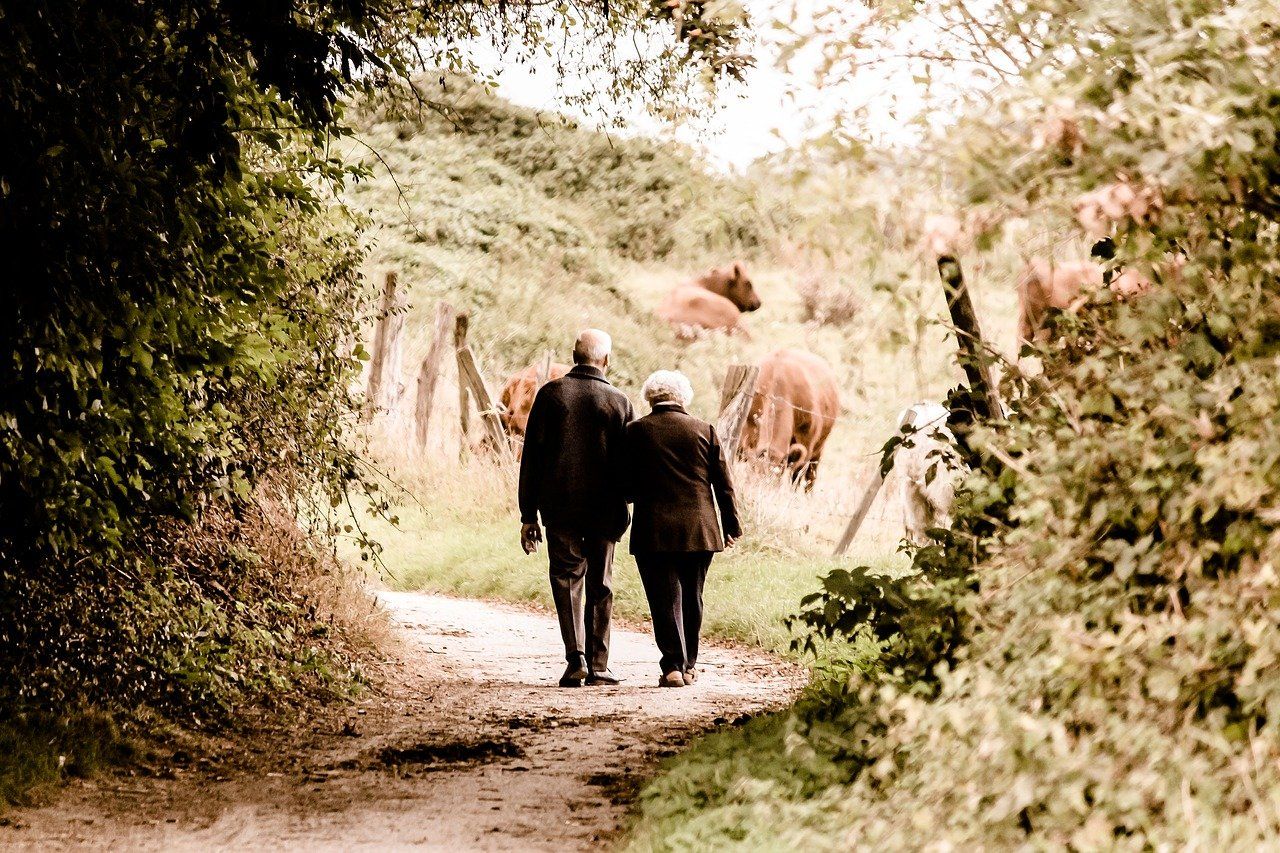
Not only that, but those who walked at a fast pace reduced their risk of death even further, by 24 percent.
All it took was putting one foot in front of the other a little more quickly!
And when the researchers zeroed in on cardiovascular disease deaths among participants over age 60, the results were even more striking.
Compared to the slowest walkers, average-paced walkers slashed their risk of dying from cardiovascular disease by 46 percent -- and the fast-paced walkers slashed it by a whopping 53 percent.
Now, the study didn't determine exactly how walking at a faster pace can add years to your life. And how fast do you have to walk just to hit the "average" mark? How brisk is brisk?
In the study, a "fast" pace was defined as one that makes you slightly out of breath or sweaty when sustained. That could vary depending on how much you weigh, how much sleep you got, how much you ate earlier in the day, etc. So there was no exact speed such as 3 mph or 4 mph.
By Dr. Susan Ashley, MD
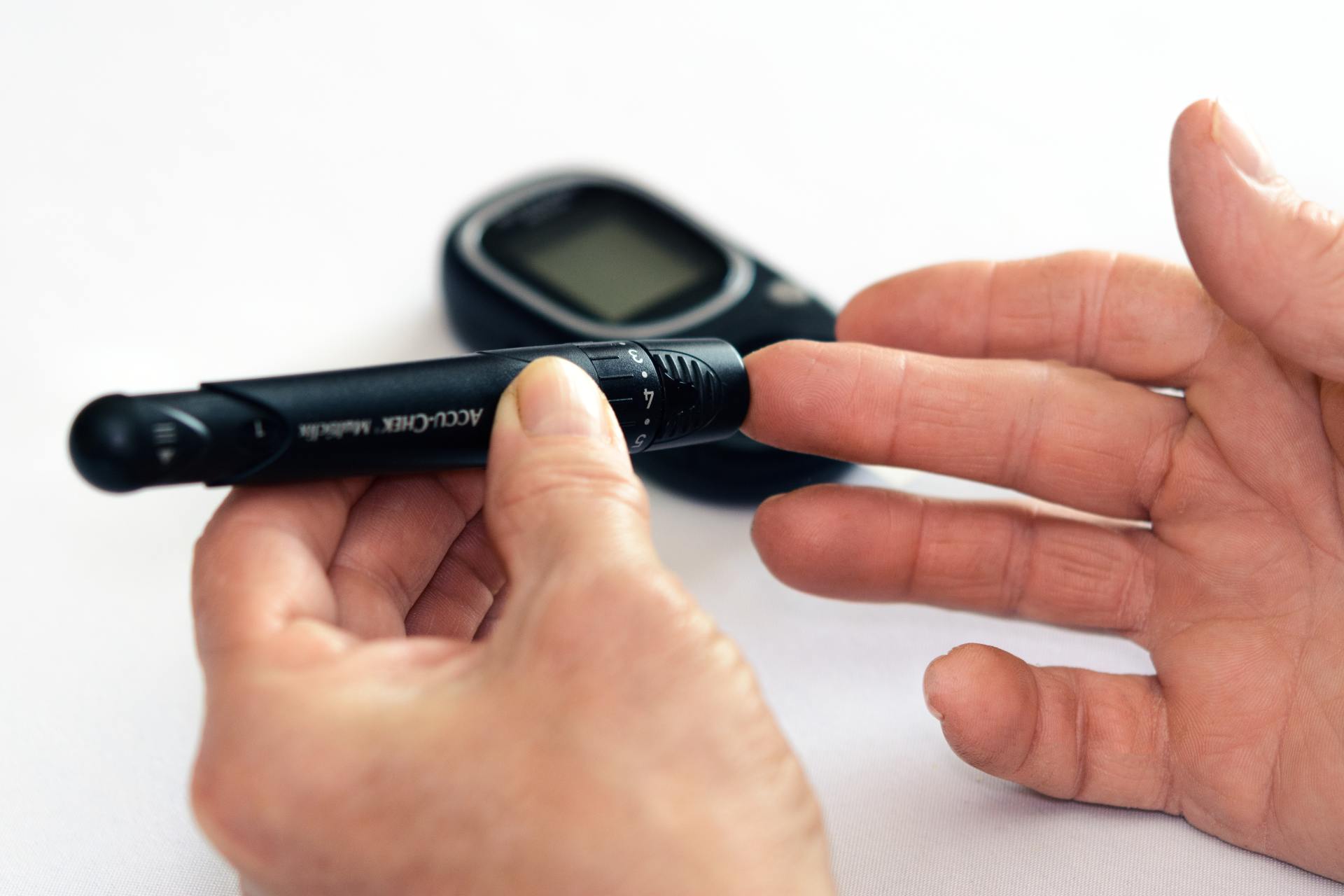
By Dr. Susan Ashley, MD
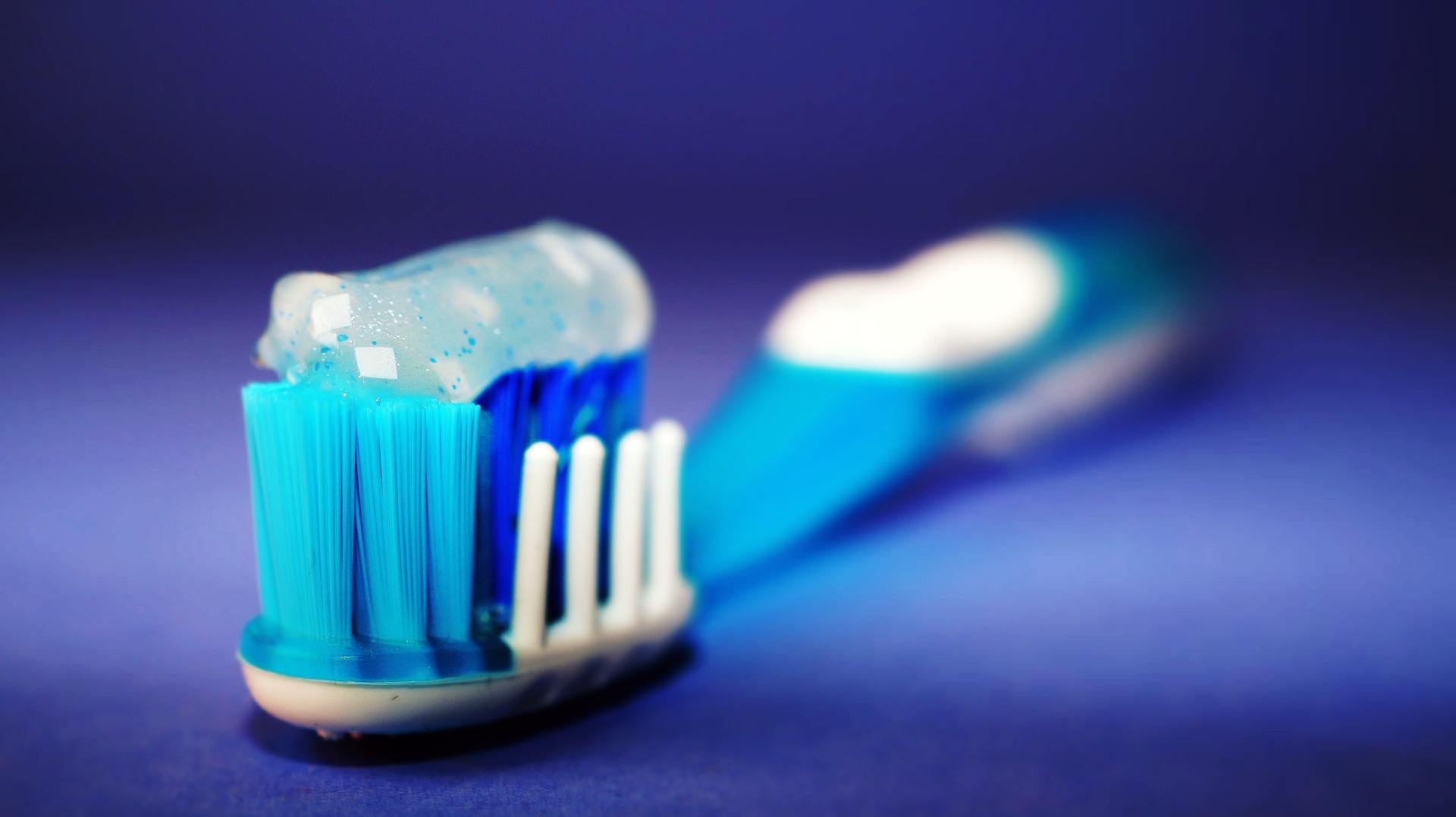
Side effects of triclosan include:
- About 1/2 cup coconut oil
- 2-3 Tablespoons of baking soda
- 2 small packets of stevia powder
- 15-20 drops of peppermint or cinnamon essential oil
- 10 drops myrrh extract (optional)
Natural Toothpaste Instructions
- Melt or slightly soften coconut oil.
- Mix in other ingredients and stir well. If using semi-hard coconut oil, use a fork, if not, use a spoon. If you are using completely melted coconut oil, you will need to stir several times while the mixture cools to keep the baking soda incorporated.
- Put mixture into small glass jar (I make different ones for each family member)
- Let cool completely.
- To use: dip toothbrush in and scrape small amount onto bristles. Could also use a small spoon to put on toothbrush.
By Dr. Susan Ashley, MD

By Dr. Susan Ashley, MD

By Dr. Susan Ashley, MD
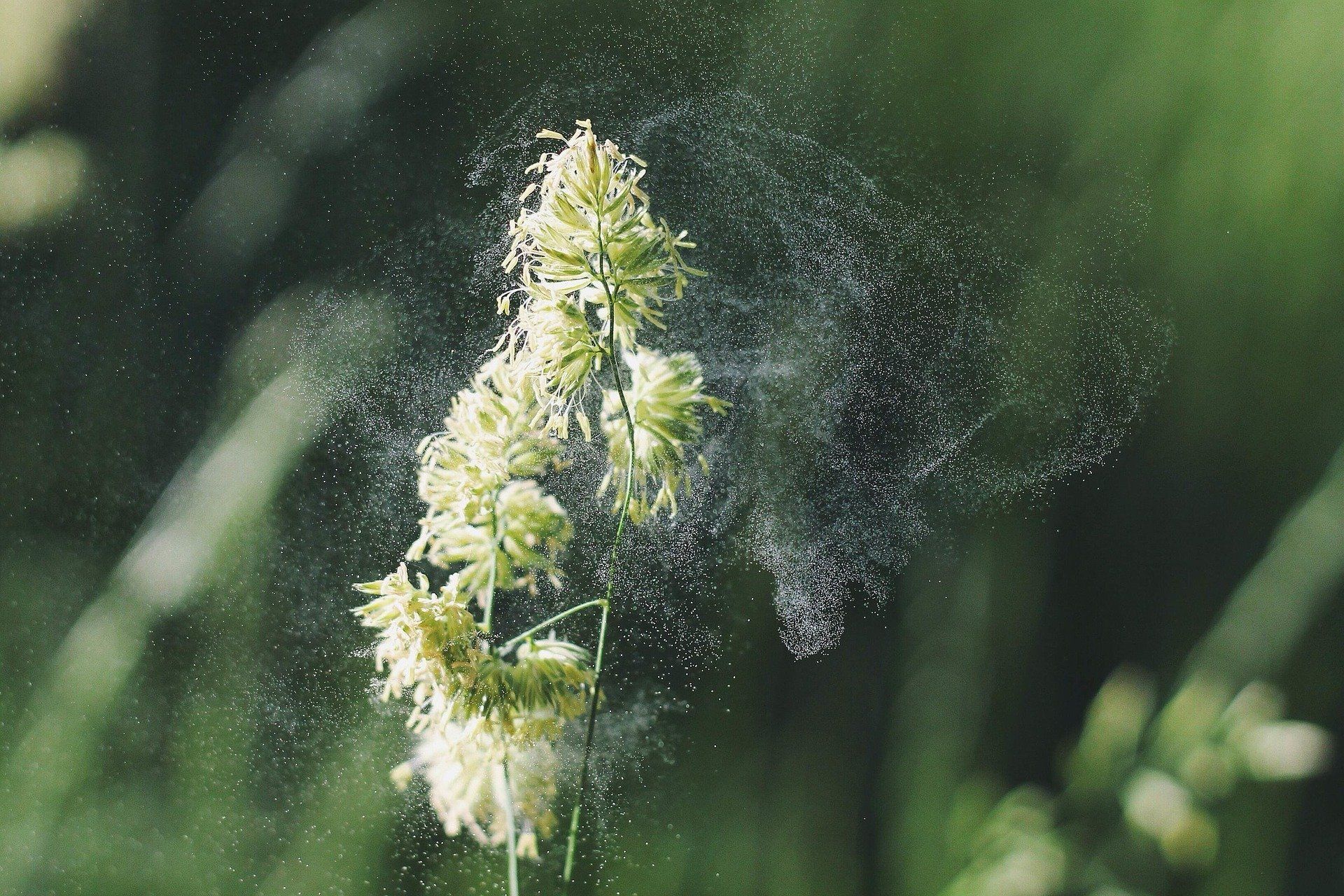
By Dr. Susan Ashley, MD
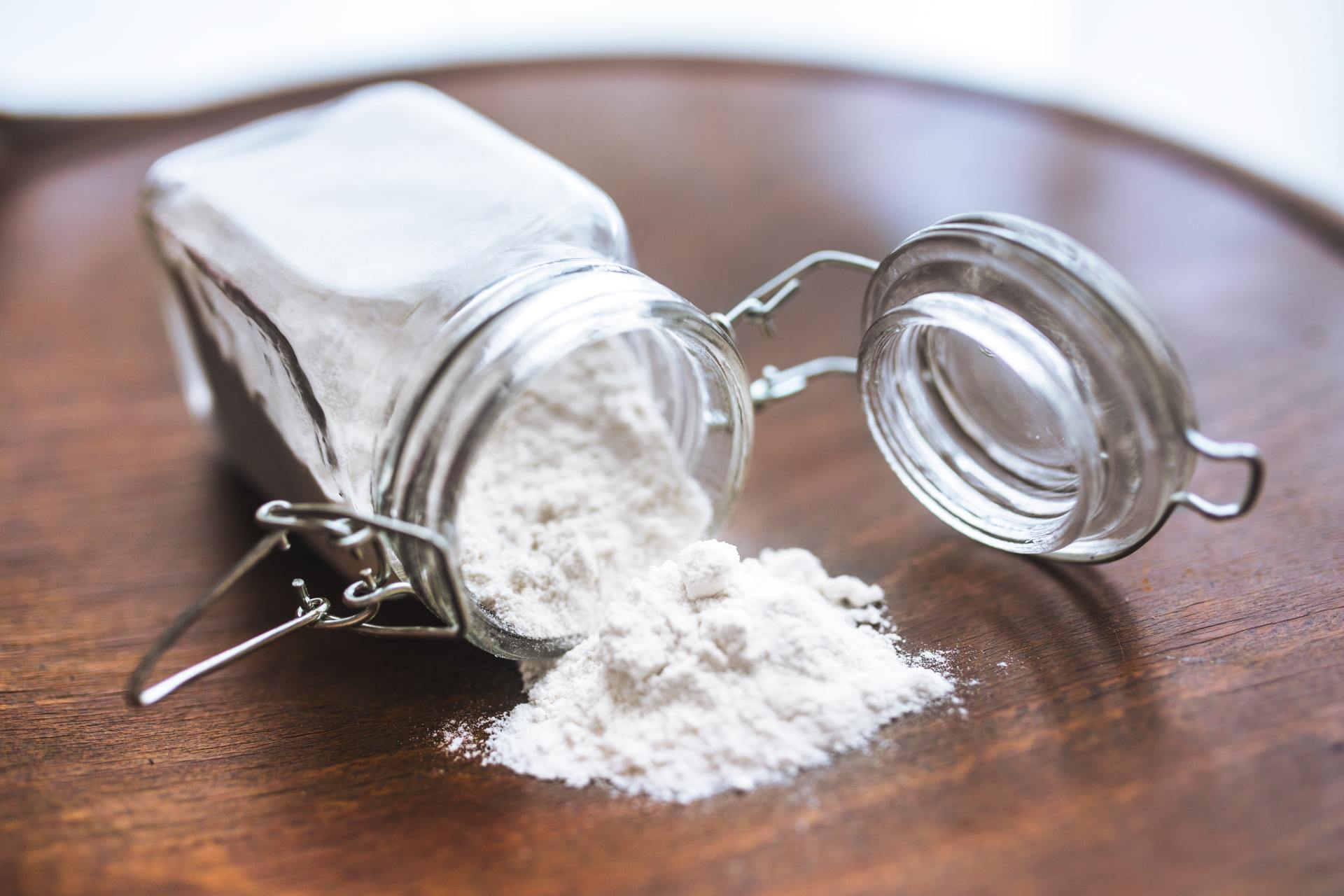
By Dr. Susan Ashley, MD
